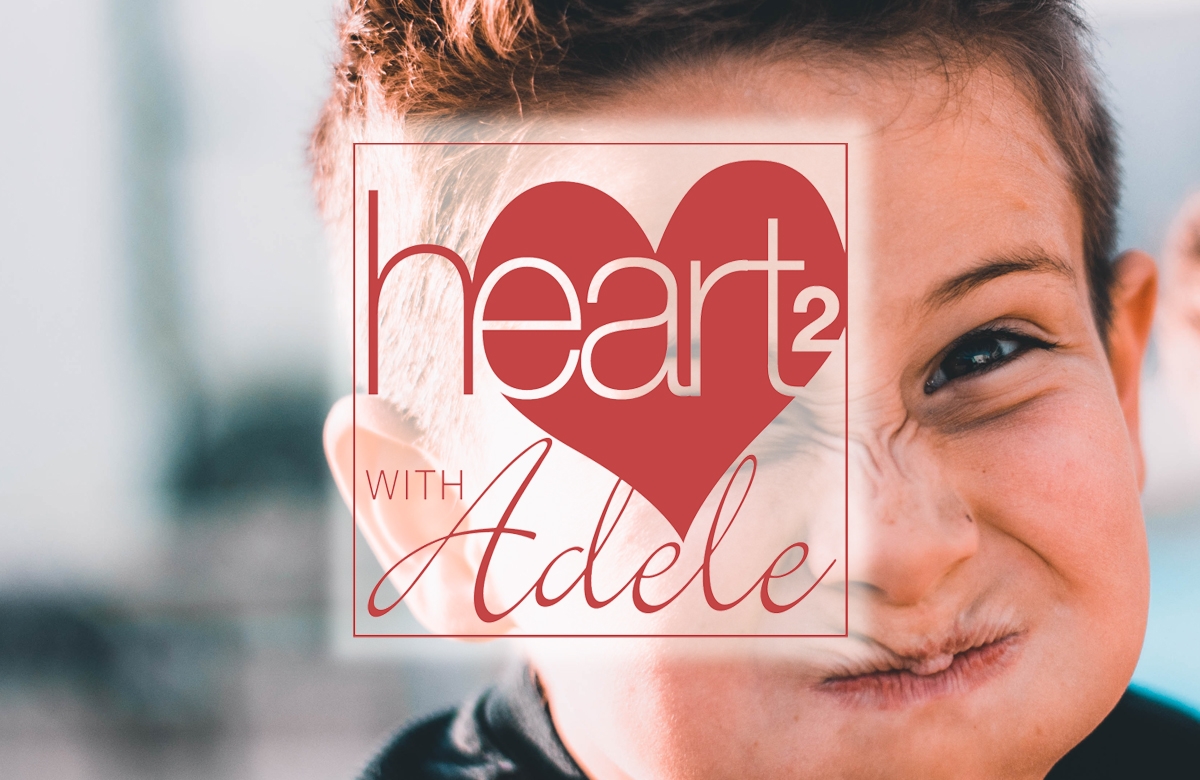
Protecting Your Eyes: Insights from the Canadian Ophthalmological Society
A recent survey by the Canadian Ophthalmological Society (COS) found that more than half of Canadians (53%) have either experienced or expressed concern about sun/UV ray exposure. In response, the COS is actively educating Canadians on the crucial importance of safeguarding their eyes as temperatures rise and sunlight intensifies.
UV radiation poses significant risks to the eye’s delicate tissues, including the cornea and lens. Exposure increases the likelihood of developing serious eye conditions such as cataracts and eye cancers.
As UV Safety Awareness Month (July) comes to a close, Ottawa Life Magazine interviewed Dr. Mona Dagher, President of the Canadian Ophthalmological Society, who would like to raise awareness about the importance of eye protection and talk about the detrimental effects of high UV rays on eye health and effective measures for protecting your eyes.
OLM: Why is UV protection important for eye health, and what are the risks associated with UV exposure?
Dr. Dagher: UV protection is crucial for eye health because prolonged exposure to ultraviolet (UV) rays can cause considerable damage to the eyes. UV radiation can lead to short-term discomfort like photokeratitis, which is essentially a sunburn of the eye, as well as long-term damage, including an increased risk of cataracts, macular degeneration, and even certain types of eye cancers. By protecting your eyes from UV rays, you can prevent these potentially serious conditions and maintain good vision health.
OLM: What types of eye conditions or diseases can UV exposure contribute to or exacerbate?
Dr. Dagher: UV exposure can contribute to several eye conditions, including cataracts, which cloud the eye’s natural lens and lead to decreased vision; and macular degeneration, which involves damage to the retina, affecting central vision. Additionally, intense UV exposure can cause photokeratitis, a painful inflammation of the cornea that is like a sunburn. UV rays can also lead to pterygium, a growth on the white part of the eye that can potentially interfere with vision, and skin cancers on the eyelids and around the eyes. It is important to remember that UV damage is cumulative over a lifetime. Even small amounts of UV exposure add up, making consistent protection essential.
OLM: What should individuals look for when selecting sunglasses or eyewear for UV protection?
Dr. Dagher: When selecting sunglasses or eyewear for UV protection, it is important to ensure the lenses block 100% of both UVA and UVB rays. Wraparound styles offer more coverage, preventing UV rays from entering from the sides. People who wear prescription glasses should consider getting lenses with built-in UV protection or investing in prescription sunglasses.
OLM: Are there any misconceptions about UV protection for eyes that you commonly encounter among patients?
Dr. Dagher: One common misconception is that UV protection is only necessary on sunny days. UV rays can penetrate clouds, so it is important to wear protective eyewear even on overcast days. Another myth is that darker lenses provide better UV protection, but the effectiveness of UV protection comes from a special coating on the lenses, not the darkness of the tint. Finally, polarized lenses are not protective. They can reduce glare, which enhances comfort and visibility, but this is unrelated to UV protection.
OLM: What advice do you have for parents to protect their children’s eyes from UV exposure?
Dr. Dagher: Parents should make UV protection a habit for their children by starting early and teaching them the importance of wearing sunglasses whenever they are outside. It is important to choose sunglasses that provide 100% UV protection and are made from durable, impact-resistant materials. Using wide-brimmed hats can provide additional protection by shading the eyes. Children often mimic their parents, so wearing sunglasses yourself can encourage them to do the same.
To learn more about how to protect your eyes this summer and year-round, visit www.seethepossibilities.ca.
Photo: Candy Retriever








